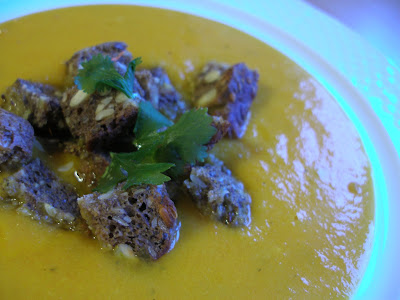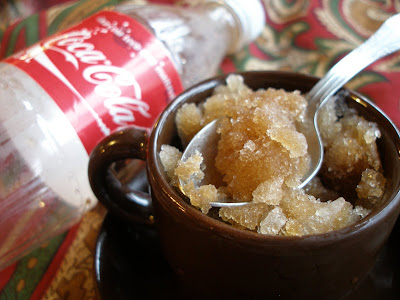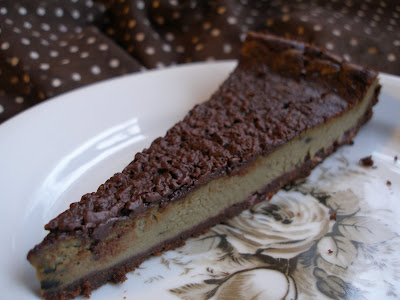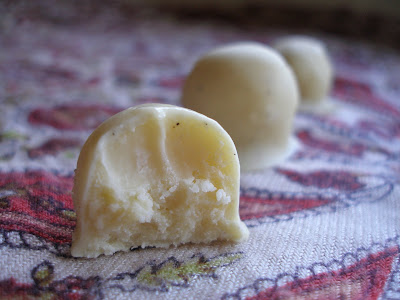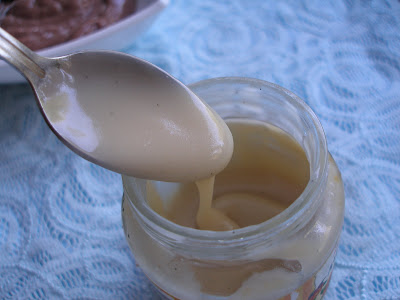Like I said last year, I have this tradition of baking gingerbreads with my good friend Marie. Usually we're not finished until early morning hours, because we take our time. And we mess with all kinds of stuff and ideas and stuff. Some day I will have the courage to speak about how pathetic amateurs we were at first...but I can't admit it just yet.
 Now, trust me on this. YOU HAVE TO MAKE FILLED GINGERBREADS. We fill them with every possible thing we can find, but maybe it's safer to know what you're putting in your treats at first...
Now, trust me on this. YOU HAVE TO MAKE FILLED GINGERBREADS. We fill them with every possible thing we can find, but maybe it's safer to know what you're putting in your treats at first...

For sweet ones I recommend peanut butter and bananas, but also chocolate chunks, dried fruit, nuts, berries. Peanut butter is compulsory, by the way.
But be brave and try savoury ones too - liver pate is the best thing for savoury Christmasy snacks!
That's how we make them...



If you want to give some good candies as presents (or something small), you could try making these gift boxes.
 Just bake 6 squares for each (and some spare ones too, we needed 4 spare squares for 5 boxes! amateurs!) and heat some sugar to a caramel on a skillet for 'glue'. Put together 5 of the squares, fill the box with desired treats and then 'glue' on the last one. Then it's time for the icing to make the boxes look real (this one here is quite ordinary, but you get the idea).
Just bake 6 squares for each (and some spare ones too, we needed 4 spare squares for 5 boxes! amateurs!) and heat some sugar to a caramel on a skillet for 'glue'. Put together 5 of the squares, fill the box with desired treats and then 'glue' on the last one. Then it's time for the icing to make the boxes look real (this one here is quite ordinary, but you get the idea). Gingerbread balls are still a favourite. These are the ones I nibble the most. Making them is like therapy and eating them is even more so. If you've bought or made dough that's too sticky or is difficult to handle by some other reason, just MAKE BALLS. Really. Save yourself from all that depression.
Gingerbread balls are still a favourite. These are the ones I nibble the most. Making them is like therapy and eating them is even more so. If you've bought or made dough that's too sticky or is difficult to handle by some other reason, just MAKE BALLS. Really. Save yourself from all that depression.I don't think gingerbread baking is over for me just yet, we've still got plans on doing it at my granny's in the countryside. Perfect Christmas.














































